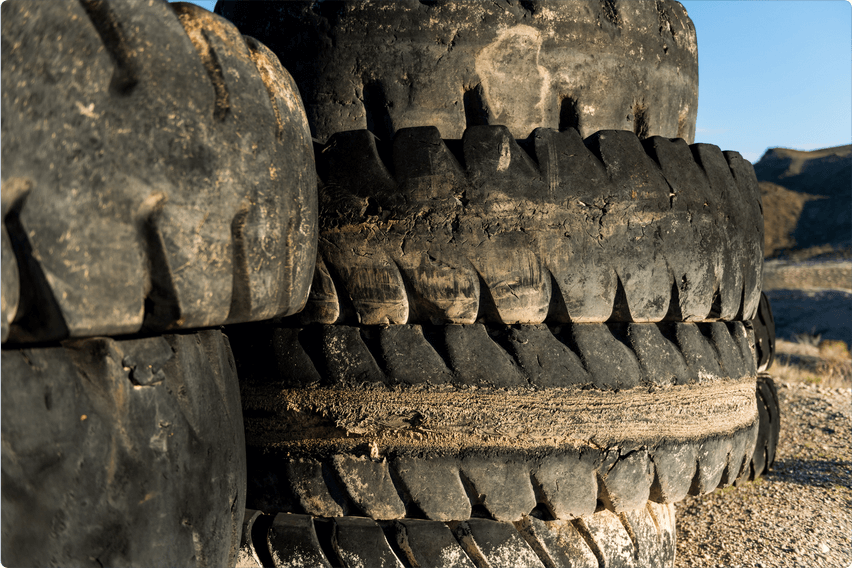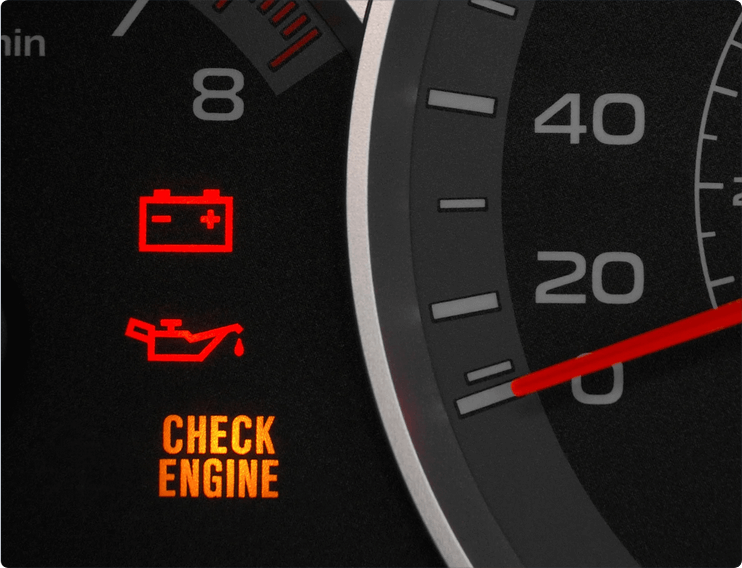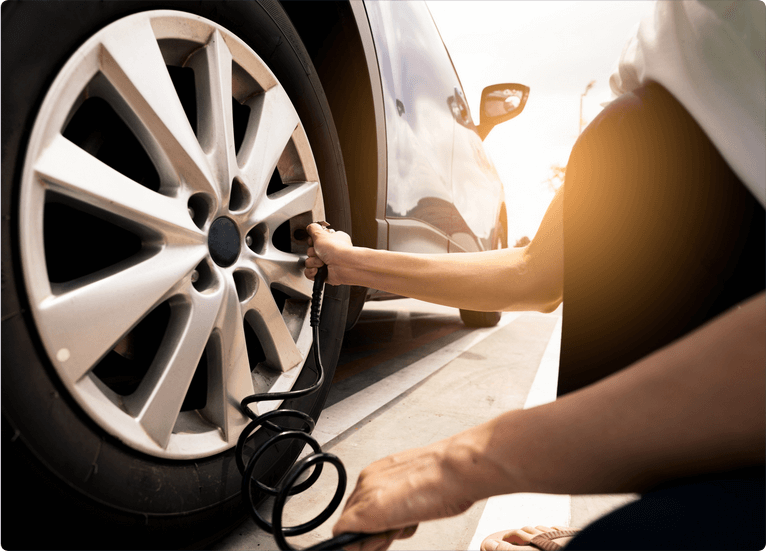Fix-a-Flat is a popular liquid tire sealant meant to seal small punctures in a tire and is regularly used by drivers looking for a quick solution to a flat tire. While many people use Fix-a-Flat, it can cause more problems than it solves, and most mechanics won’t recommend you use it. As you decide whether you should keep a spare can of Fix-a-Flat in your car or garage, take a moment to learn why Fix-a-Flat and other similar products can be bad for tires and what to use instead when you get a flat.
Is Fix-a-Flat Bad for Tires? 5 Reasons to Avoid Using Fix-a-Flat
Fix-a-Flat is bad for tires, as it can cause long-term damage to your tires and mess with sensors. Alongside these issues, Fix-a-Flat isn’t a long-term solution, can freeze in winter temperatures, and is difficult to clean up. Before you decide to use this liquid sealant, review the top five reasons not to use Fix-a-Flat below:
1. Only a Temporary Solution to a Puncture
Fix-a-Flat is nothing more than a short-term band-aid for a tire puncture and is not meant to be used as a permanent repair. Since it’s only designed to get you off the roadside and to a repair shop, anyone who uses it as a long-term solution will be dealing with another flat sooner rather than later. Additionally, the product is only made for small punctures and won’t help if your tire has a large puncture, a sidewall gash, or a complete blowout.
2. Potential Unrepairable Tire Damage
The tire sealant used in Fix-a-Flat can cause significant long-term harm to your tire. When it’s applied to a puncture, the sealant will get into your tire’s steel belts and potentially corrode them. This corrosion can cause belt separation within your tire, significantly increasing the risk of a dangerous blowout while on the road. Due to the long-term damage Fix-a-Flat causes, reputable tire shops tend to refuse to repair tires treated with it.
3. Messes With Tire Pressure Monitoring System (TPMS) Sensors
Alongside damaging your tires, Fix-a-Flat can mess with sensors and harm your tire pressure monitoring system (TPMS). When you spray the liquid sealant into your tire’s valve stem, it will seal your puncture while also sealing a tiny hole in your tire that your TPMS relies on to sense air pressure. When this hole is closed, your TPMS sensors won’t work correctly, and you’ll have to clean out the hole before it starts providing an accurate reading again.
4. Ineffective in Freezing Temperatures
If you live in an area where the temperature stays under freezing for a good portion of the year, you shouldn’t rely on Fix-a-Flat. When it’s cold outdoors, the Fix-a-Flat’s liquid sealant can freeze, making it unusable until it’s been defrosted. While you could warm it up by placing it near your car’s interior heater vent, you’ll have to wait a bit for the sealant to defrost. This extra time can allow more air to escape from your tire and keep you on the side of the road longer.
5. Results in a Messy Cleanup
Even if a repair shop agrees to repair your tires, the repair will likely cost more and take more time due to the messy cleanup that Fix-a-Flat requires. When you spray the sealant into your tire, it won’t just cover your puncture. The sealant will leave tons of goo in the tire that a mechanic will have to clean out (leaving it in the tire raises the risk of corrosion issues), which can take lots of time and increase the repair’s cost.
Practical Alternative to a Fix-a-Flat Kit
Since using a Fix-a-Flat can be ineffective and even damage your vehicle, it should only ever be used as a last resort in an emergency situation. While you might want to keep it on hand for emergencies when you don’t have any other options, you can almost always deal with a flat tire in a safer and more effective manner. Review some of the practical alternatives to using Fix-a-Flat kits below:
- Carry a proper tire plug or patch kit
- Keep a spare tire (check out our guide to changing a tire!)
- Have roadside assistance (e.g., AAA)
- Store a portable air compressor in your car
If you don’t want to deal with a roadside repair and the options above aren’t appealing, you can invest in run-flat tires for your vehicle. Unlike other tires, run-flats are designed to be driven on after a flat (usually up to 50 miles). As a result, you can drive your vehicle to the closest repair shop for professional tire repair services without having to change your tire on the side of the road.
Choose Chapel Hill Tire for Flat Tire Repairs in Raleigh
If you’re looking for a flat tire repair shop in Durham, Chapel Hill, Raleigh, or the surrounding Triangle area, Chapel Hill Tire has you covered. Our certified mechanics regularly repair flat tires, and we have a tire finder tool that can help you find replacement tires when a repair won’t cut it. You can also expect our team to help you decide on a new set of tires, properly repair small punctures, and perform any service as quickly and professionally as possible.
Learn more about our tire repair services today. If you need one of our tire repair or replacement services, please make an appointment at one of our convenient locations in the Triangle area. You’ll also want to check out our coupons to see how much you can save on our services!




